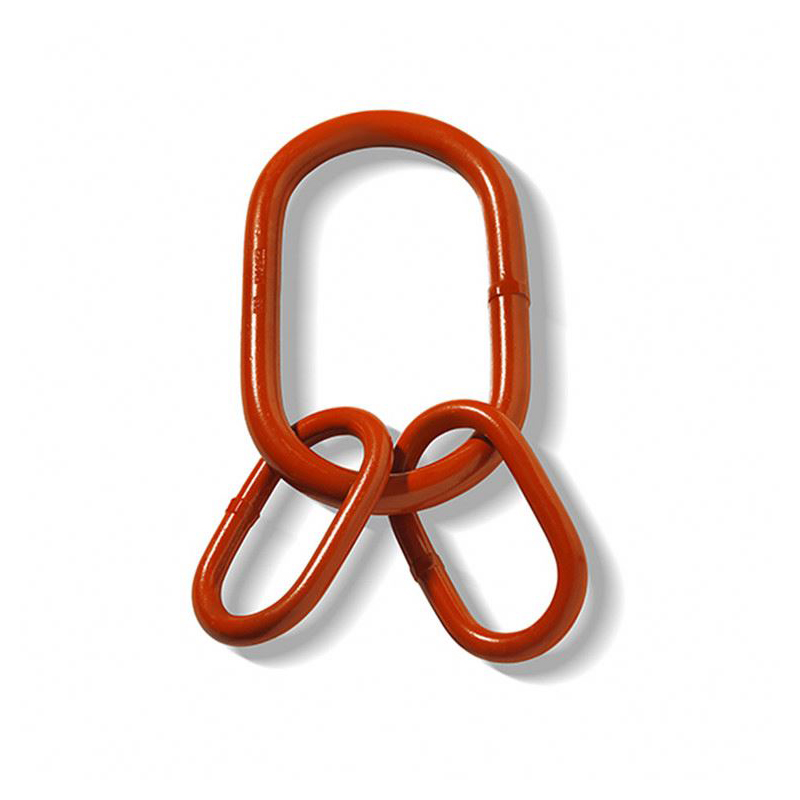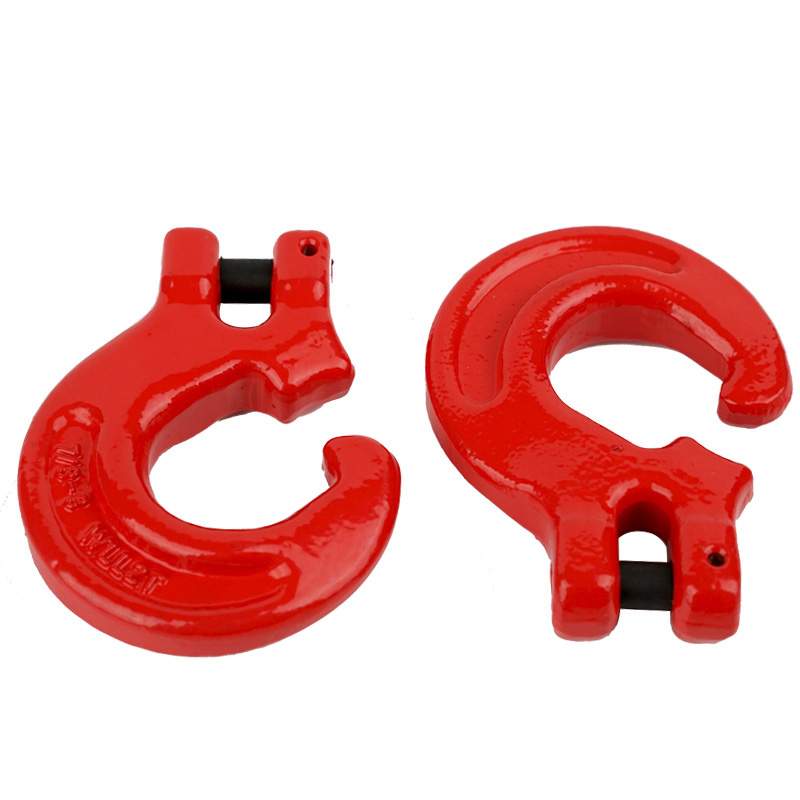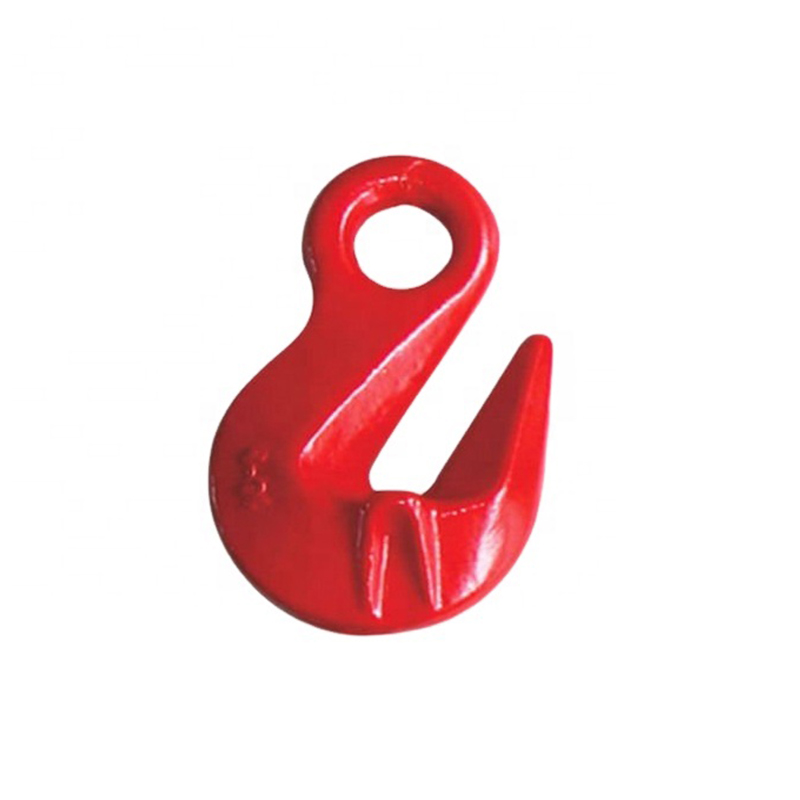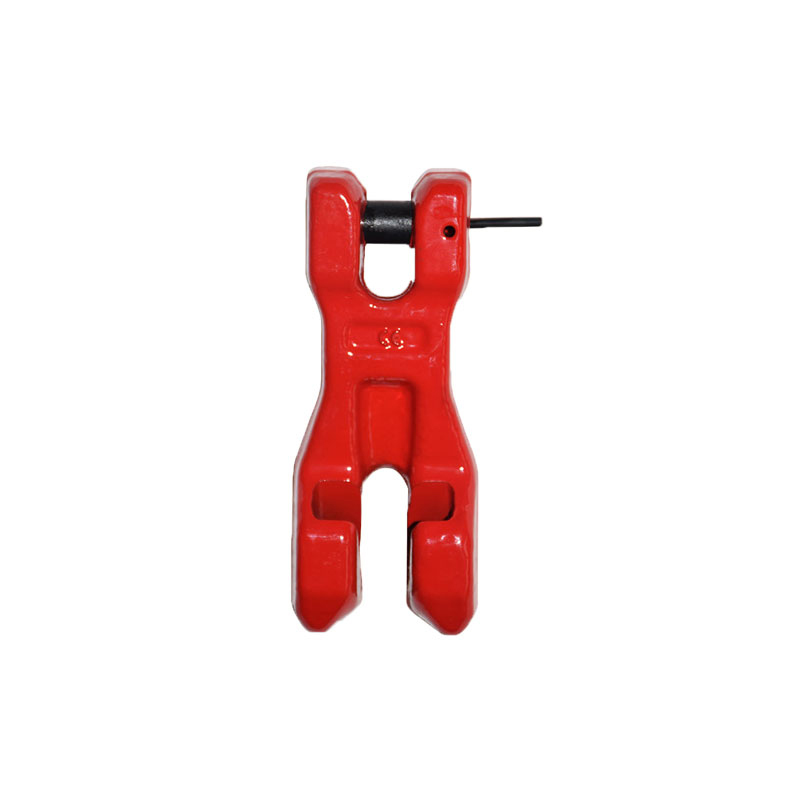Our staff will contact you within 12 hours, You can also contact us through the following ways:
Contact US WhatsApp: +8618766656705
- Email: [email protected]
- Tel: +8618766656705
- Web: https://www.toponechain.com/
Rough loads push, swing, and scrape, so you win only when your hardware adds control rather than clutter. This field guide covers lifting chain accessories for welded round-link slings: master links, shorteners, hooks, shackles, swivels, and guards. You will size parts from stamps and the sling tag, set geometry with numbers, and finish repeatable checks that crews actually complete. Use these steps on shop floors, in yards, and at ports, and your rig stays predictable even when the route turns tight.





Read metal, not paint. Links show grade and size (e.g., 8 for Grade 80 or 10 for Grade 100). Hooks, shackles, master links, shorteners, and swivels show Working Load Limits (WLL) and maker IDs. The sling tag lists WLL by hitch and by angle plus a serial or batch. Keep every component in the same rating family and let the lowest WLL govern the whole path. Now add accessories because they solve specific problems, not because the kit looks incomplete.
Master link & sub-assembly: create a calm head that fits the crane hook and the leg count. Choose inside width that clears the latch and inside length that centers in the hook bowl.
Shorteners (grab hooks or shortening clutches): trim leg length at the head so crews level loads quickly. Capture one full link centered in the pocket; never trap a half link.
Hooks at the load: pick self-locking hooks for long travel, wind, or pauses; use spring-latch sling hooks for short, sheltered moves; reserve foundry hooks for thick eyes under supervision.
Shackles: bridge padeyes and odd geometries. Run the pin through the hardware and face the bow toward the legs so the pin carries pure shear. Prefer bolt-type pins when vibration persists.
In-line swivel: allow rotation only when the force stays straight; never use a swivel to hide misalignment.
Corner guards and wear sleeves: protect crowns and painted edges so chain survives sharp radii.
Angles raise leg tension faster than any other factor, so measure and trim rather than guess. Target an included angle ≈ 60° between adjacent legs when space allows. For two legs, compute per-leg tension as
Tleg=Load2×sinθT_{ ext{leg}} = rac{ ext{Load}}{2 imes sin heta}
with θ measured from vertical. For three or four legs, plan as if three legs carry while the fourth stabilizes, then equalize with head-mounted shorteners.
Accessory | What it adds | Best jobs | Sizing & setup cues |
Master link sub-assembly | Hook fit, head behavior | Any multi-leg round-link sling | Inside width clears latch; sub-links match leg count and chain Ø |
Shortening clutch / grab | Quick, repeatable length trim | Leveling skids; reopening tight angles | Capture one full link; pocket faces flat |
Self-locking hook | Secure closure under motion | Long travel, wind, pauses mid-air | Hook WLL ≥ leg tension; seat load deep in bowl |
Sling hook (spring-latch) | Fast connect in sheltered bays | Short, protected picks | Cycle latch ×10; verify throat opening |
Bow shackle (bolt-type) | Sweep tolerance, vibration control | Marine yards; transport between picks | Pin through hardware; fit nut and cotter |
In-line swivel | Controlled rotation | Routes that twist in line | Keep force straight; avoid side-loading |
Corner guards | Edge protection | Sharp radii, painted steel | Guard before the pick, not after the scar |
Match grade and size across all parts; the smallest WLL rules.
Seat the master link freely in the crane hook, then mount shorteners at the head so crews trim opposite legs together. That layout keeps the load end tidy, opens angles without a re-rig, and prevents extra hardware from crowding padeyes. If headroom squeezes angles shut, add a spreader and keep the head compact so the hook latch still closes cleanly.
1. Lay the sling out; roll links until grade and size stamps face up; clear twists.
2. Inspect master link, sub-links, shorteners, hooks, shackles, and any swivel; replace scarred or cracked parts.
3. Seat the head in the crane hook; confirm latch travel and free swing.
4. Connect at the load: align eyes to the line of pull; seat hooks deep in the bowl.
5. Fit corner guards wherever chain meets a radius or plate edge.
6. Snug and measure angles on both faces with a card or inclinometer.
7. Trim opposite legs evenly with the head shorteners; re-measure after each change.
8. Test-bump 100–150 mm; pause; re-check angles, latch closure, and pin security; only then travel.
Chain Ø (mm) | Typical self-locking hook | Typical bow shackle | Head note |
6–8 | 1–2 t class | 3/8–1/2 in (M10–M12) | Compact master link clears small hooks |
10 | 3–4 t class | 5/8 in (M16) | Check latch clearance at crane hook |
13 | 5–7 t class | 3/4–7/8 in (M20–M22) | Bow radius suits leg sweep |
16 | 8–10 t class | 1 in (M24–M27) | Sub-links rated for four-leg use |
Use the manufacturer’s tables and your sling tag for exact WLL pairings.
Tag & traceability: confirm grade, size, WLL by hitch and angle, serial/batch, and maker ID.
Elongation: measure five consecutive links under light tension; retire legs at the maker’s limit.
Crown wear: gauge link diameter; compare to the published wear threshold.
Shortener pockets: faces flat; no peening or sidewall cracks; full-link capture only.
Hooks & latches: cycle latches ten times; check throat opening; reject cracks at the saddle or neck.
Shackles: verify straight pins and clean threads; fit cotters on bolt-type pins and re-check after the test bump.
Swivels: confirm smooth axial rotation; remove units with side-load scars.
Records: photograph stamps and the tag; store proof-test certificates with the sling serial.
One leg stays slack. Shorten its diagonal partner one step at the head; re-bump and re-read angles.
Head chatters in the hook. Upsize the master link or swap to the correct sub-assembly so the latch clears and the head swings freely.
Hook chatters on stops. Move to self-locking hooks and keep the load deep in the bowl.
Twist builds in travel. Reopen angles with a spreader and add an in-line swivel only when the force stays straight.
Scars at corners. Install guards and reroute to a true line of pull.
Choose steel for the environment, then size from the tag. Grade 80/100 alloy handles abrasion and sparks in shops and yards; wipe stamps clean so photos stay clear. Zinc–nickel coatings shed coastal salt; rinse after splash and oil pivots lightly. Stainless 304/316 suits washdown and hygiene programs; store stainless away from carbon racks to reduce cross-contamination. Keep one grade family across chain and accessories; mixed ratings invite confusio
Conclusion
Read stamps, choose lifting chain accessories for function, set angles with tools, protect edges, and log photos with proof sheets, and your round-link slings will deliver clean, predictable lifts—contact TOPONE CHAIN today for certified accessories and matched chain sling assemblies for your next job.